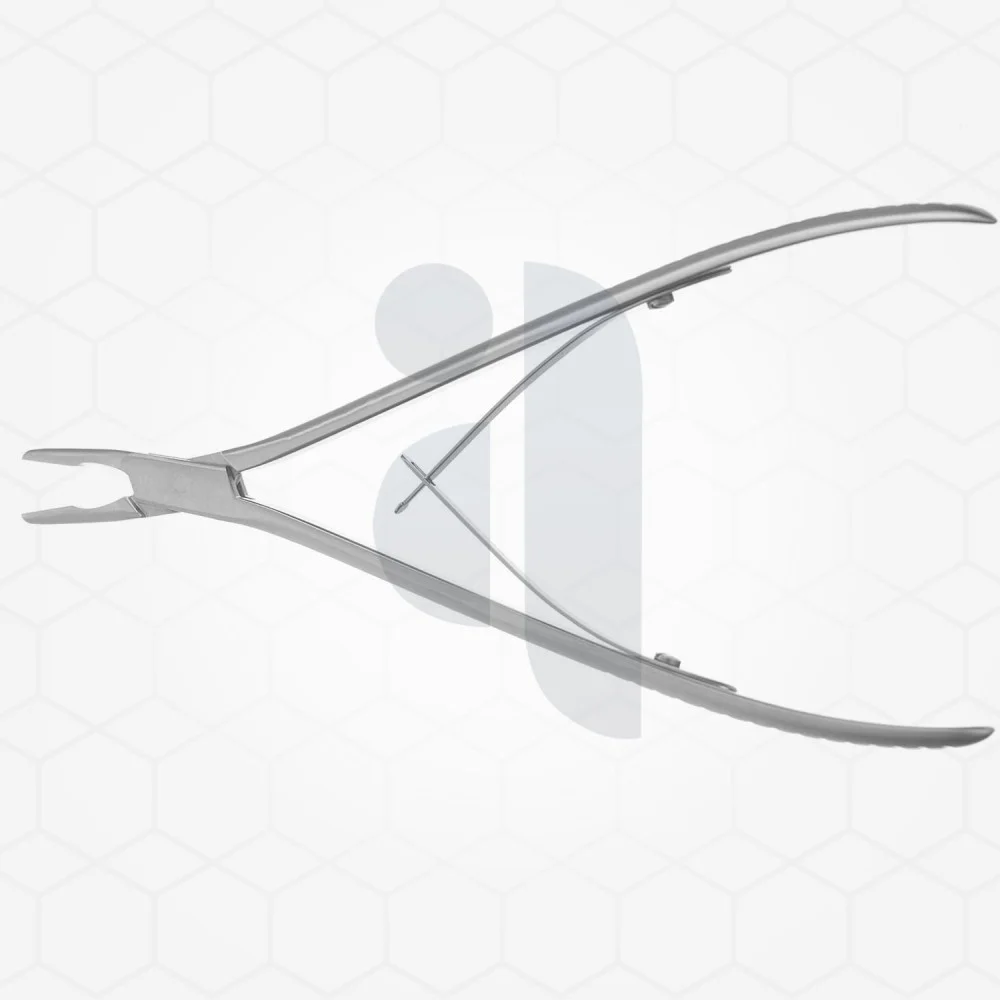The Rongeur Lempert surgical instrument is a specialized tool that has become indispensable in various surgical fields, particularly in otolaryngology and neurosurgery. Renowned for its precision and functionality, this instrument plays a critical role in procedures that require careful manipulation of bone and delicate tissues.
Understanding the Rongeur Lempert Instrument
Designed with a robust yet finely tuned structure, the Rongeur Lempert is tailored to handle surgical challenges with accuracy and efficiency. Its primary purpose is to remove bone fragments with minimal trauma to surrounding tissues. The instrument features a sharp, slender jaw and a comfortable grip, allowing surgeons to maneuver in confined spaces effortlessly. These attributes make it especially useful in intricate surgeries, such as those involving the nasal cavity or temporal bone.
Applications of the Rongeur Lempert
The versatility of the Rongeur Lempert surgical instrument expands across numerous procedures. Surgeons rely on it for tasks like reshaping bone, cleaning out small cavities, or accessing challenging anatomical areas. For example, in mastoidectomy procedures, this tool is essential for removing bone fragments while preserving vital structures. Similarly, it is often used in spinal surgeries where precision is crucial to ensure patient safety and optimal outcomes.
The Role of Elevator Lempert in Surgical Precision
While discussing the Rongeur Lempert instrument, it is essential to highlight the importance of complementary tools, such as the elevator Lempert in achieving surgical precision. The elevator Lempert aids in elevating flaps, retracting tissues, and providing access to critical surgical areas. Together, these instruments empower surgeons to work with both precision and speed, improving overall surgical efficacy and patient outcomes.
Quality and Maintenance of the Instrument
Durability and reliability are defining characteristics of the Rongeur Lempert instrument. Made from high-quality surgical-grade stainless steel, the tool is designed to withstand repeated sterilizations and maintain its sharpness over extended use. Proper sterilization and handling are critical to preserving its effectiveness, ensuring that surgeons can depend on this instrument for demanding procedures.
Conclusion
The Rongeur Lempert surgical instrument represents a fine balance of precision, functionality, and durability. Its role in various disciplines highlights its significance in modern surgical practices. When paired with complementary tools like the elevator Lempert, it enhances the surgeon's ability to perform procedures with accuracy and care. Understanding and maintaining these tools is key to ensuring their contribution to successful outcomes in the operating room.





Comments